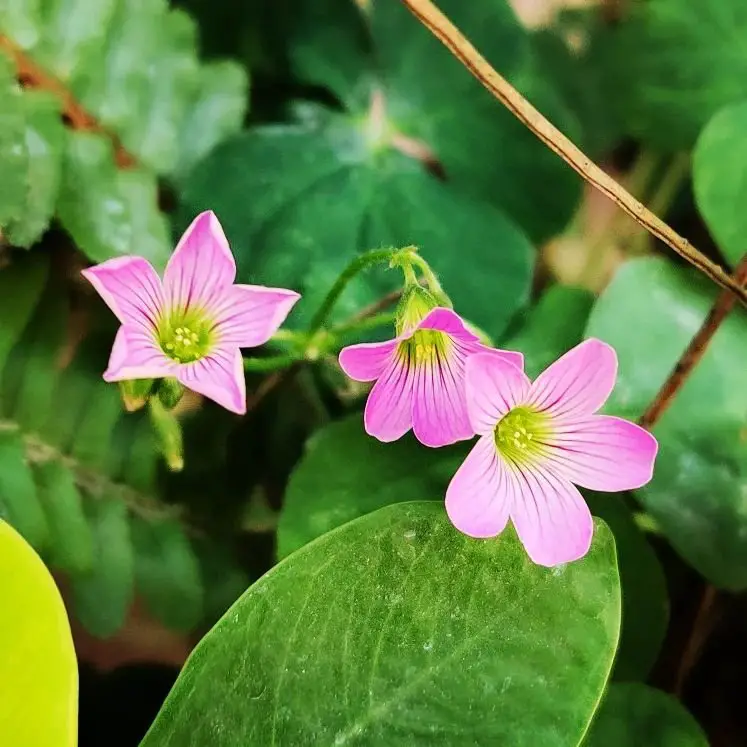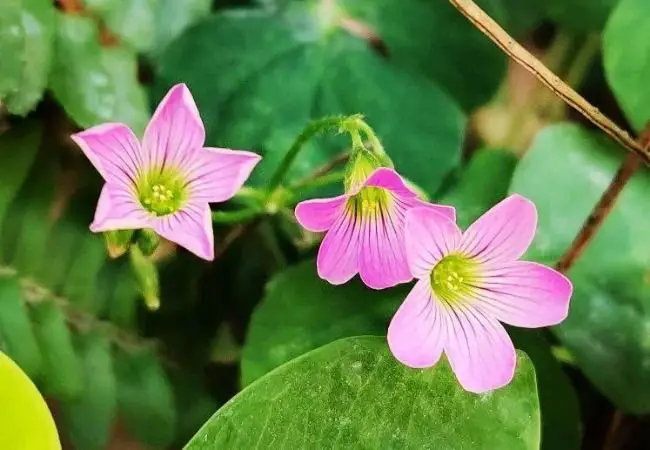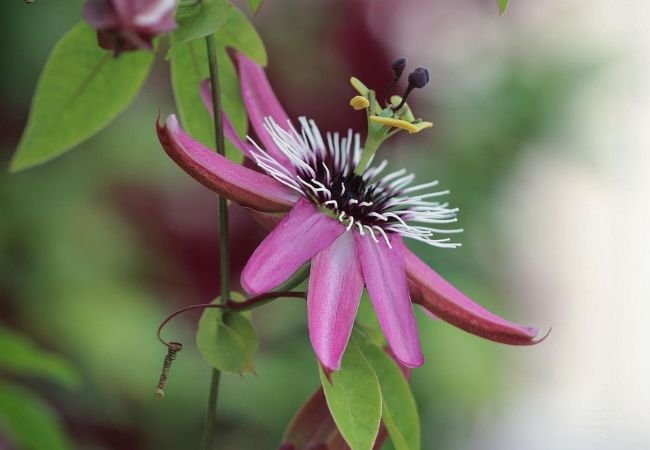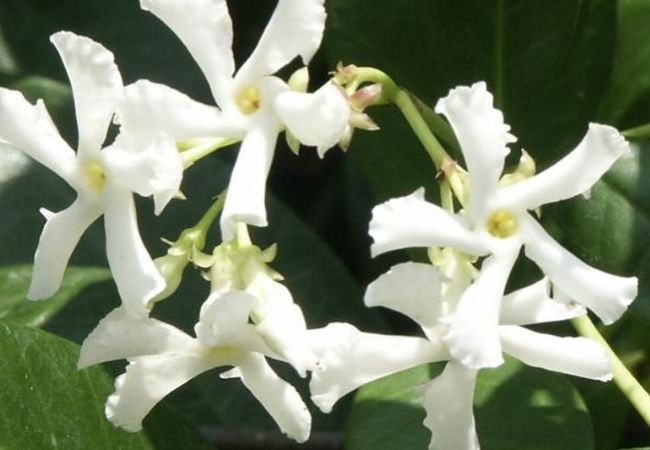Discover the charming Wood Sorrels flower: learn how to grow, care for, and use this delightful, clover-like plant in your garden. Perfect for shade gardens and ground cover.
Have you ever noticed the cute, clover-like leaves of Wood sorrels? Also known as Oxalis, false shamrock, or sourgrass, this plant is both a wildflower and a popular garden plant. In this article, we’ll explore what it is, how to grow it, and why you might want to include it in your garden.
Here’s the information about Wood Sorrels flowers in an easy-to-understand chart format:
| Aspect | Details |
|---|---|
| Botanical Name | Oxalis spp. |
| Common Name | Wood Sorrels |
| Plant Zone | Zones 6-10 |
| Sun Exposure | Full sun to part shade |
| Soil Type | Well-drained, acidic to neutral soil |
| Watering Needs | Moderate, keep soil evenly moist |
| Growth Habit | Clumping, spreading |
| Height/Spread | 6-12 inches tall, spreads 6-12 inches |
| Special Features | Delicate, clover-like foliage with small, five-petaled flowers in colors such as yellow, white, pink, or purple; blooms spring to fall; can be used as ground cover or in containers |
What are Wood Sorrels Flowers?

Wood sorrels (Oxalis) are a large genus of plants that belong to the wood sorrel family (Oxalidaceae). They’re known for their clover-like leaves and delicate flowers.
- Colors: Flowers come in shades of pink, yellow, white, and lavender.
- Size: Plants typically grow 6 to 12 inches tall.
- Leaves: The leaves are usually divided into three heart-shaped leaflets.
How to Grow Wood Sorrels Flowers
Growing Wood sorrels is relatively easy. Here’s what you need to know:
- Sunlight: They prefer partial shade to full shade.
- Soil: Well-draining, slightly acidic soil is best.
- Water: Keep soil consistently moist but not waterlogged.
- Temperature: Many species are hardy in USDA zones 5-11, but this varies by species.
Planting Tips:
- Plant in spring or fall.
- Space plants 6-8 inches apart.
- Some species grow from bulbs, while others can be grown from seed.
Uses in the Garden
Wood sorrels have various uses in the garden:
- Shade gardens: They thrive in shady spots where other plants struggle.
- Ground cover: Their spreading habit makes them excellent for covering bare soil.
- Rock gardens: Some smaller species work well in rock garden settings.
- Container plants: They make attractive potted plants, both indoors and out.
Caring for Your Wood Sorrels Flowers
To keep your Wood sorrels healthy:
- Water regularly, especially during dry spells.
- Prune if they become too sprawling.
- Watch for pests like aphids and spider mites.
- Some species can be invasive, so keep an eye on their spread.
Benefits of Growing Wood Sorrels Flowers
There are many reasons to grow Wood sorrels:
- They’re low-maintenance once established.
- They provide year-round interest with their foliage.
- Some species have edible leaves with a tangy, lemony flavor.
- They’re great for filling shady spots in the garden.
Interesting Facts
- Wood sorrels exhibit nyctinasty – their leaves fold up at night or in rainy weather.
- The leaves of Wood sorrels contain oxalic acid, which gives them their sour taste.
- Some Native American tribes used Wood sorrels for medicinal purposes.
- In some cultures, Wood sorrels are considered a symbol of joy.
Wood sorrels (Oxalis) are versatile and charming plants that can add interest to many types of gardens. With their cute leaves, delicate flowers, and ability to thrive in shade, they’re a great choice for both new and experienced gardeners. Why not try growing some Wood sorrels in your garden this year?
Remember, gardening is about enjoying nature and learning as you go. Don’t worry if things aren’t perfect – just have fun watching your Wood sorrels grow and bloom!
For more gardening tips and plant care guides, visit usagardenhub.com.







One comment on “Wood Sorrels : A Delightful Addition to Your Garden”